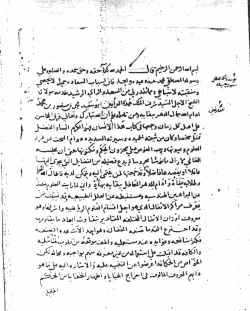Biography:Al-Isfizari
Abū Ḥātim al-Muẓaffar al-Isfazārī (fl. late 11th – early 12th century CE) was a Persian[citation needed] Muslim mathematician from Khurasan. According to Ibn al-Athir and Qutb al-Din al-Shirazi, he worked in the Seljuq observatory of Isfahan. Nezami Aruzi met him in Balkh in (in present‐day Afghanistan) in 1112 or 1113.[1]
He was a contemporary of Umar al-Khayyam and Abd al-Raḥmān al-Khāzinī. He main work is entitled Irshād dhawī al-cirfān ilā ṣinācat al-qaffān (Guiding the possessors of learning in the art of the steelyard), a relatively long text on the theory of the steelyard balance with unequal arms. His other surviving works include a summary of Euclid's Elements, a text on geometrical measurements, and a treatise on meteorology in Persian language.
Al-Isfazārī's corpus of mechanics is composed of two sets of texts, which have been published in Matn al-Muẓaffar al-Isfazārī fī cilmay al-aṯqāl wa’l-ḥiyal by the Al-Furqan Islamic Heritage Foundation.
References
- ↑ Abattouy, Mohammed. "Isfizari". http://islamsci.mcgill.ca/RASI/BEA/Isfizari_BEA.htm. Retrieved 6 March 2017.
- Al-Isfizari – Muslim Heritage



